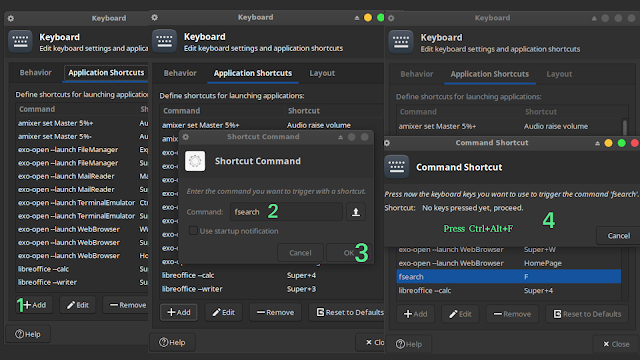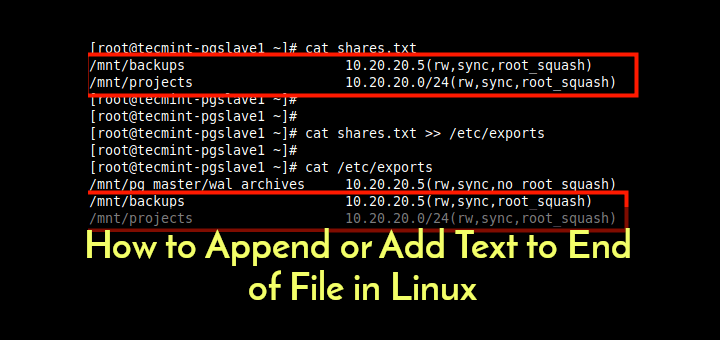

- #Shell script scan master file and delete it how to
- #Shell script scan master file and delete it full
Note that each permission has a numeric value associated with it: Value The three by three array above shows the basis for describing the set of nine permissions.

These variables are organized into a three by three array as follows: owner group other read (r) 4 4 4 write (w) 2 2 2 execute (x) 1 1 1 - total value 7 7 7 Column Values

Will return a long string of information that starts with the file’s permissions: -rw-r-r- PermissionsĮvery file and directory under UNIX or Linux has a set of permissions associated with it that is shown as a three digit number (such as 755). You can see the permissions of your file using the ls command with the -l option (lowercase L not 1): % ls -l myfile.txt
#Shell script scan master file and delete it full
Otherwise, this document provides a full explanation of how the UNIX command chmod works. If you are logged onto a Linux box running an Xsession you can use the Windows Explorer equivalent for Linux with either the nautilus or konqueror commands. If you want to set file or directory permissions by right-clicking on the file or directory and checking or unchecking boxes, you can do that in a GUI file transfer software interface like with the MobaXterm, SSH Secure Shell client, WinSCP etc. This allows you to share files or directories or to lock them down to be private. This document explains how directory and file permissions on a UNIX or Linux machine are set and can be changed by the user.
#Shell script scan master file and delete it how to
How to Use UNIX and Linux File Permissions Introduction


 0 kommentar(er)
0 kommentar(er)
